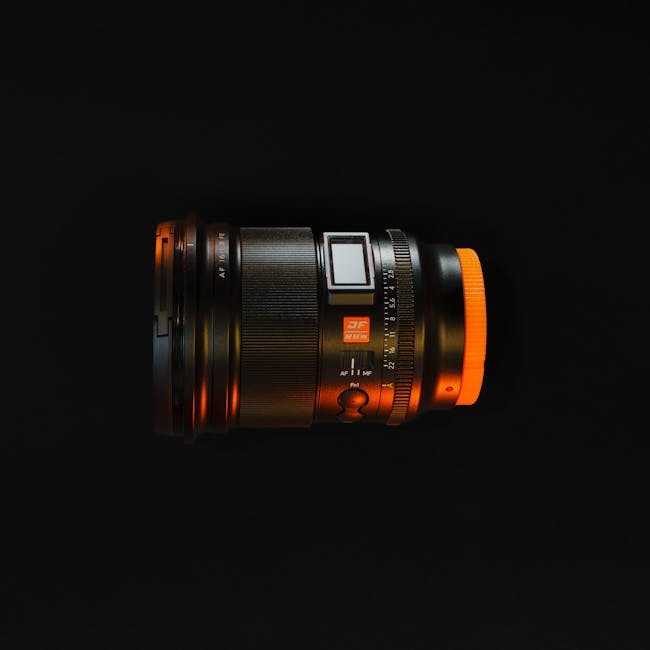The Hidden Challenge: Why Off-the-Shelf Hardware Fails Custom Renovations
In high-end renovations, every millimeter matters. Standard hinges, drawer slides, or cabinet pulls rarely align with the architect’s vision or the structural quirks of older buildings. The gap between mass-produced hardware and custom designs is where projects bleed time and budget.
A Case Study in Misfit Hardware
In a 2022 luxury loft renovation in Brooklyn, pre-fab cabinet hinges caused a 3-week delay. The 19th-century timber frame had settled unevenly, leaving door gaps that standard hardware couldn’t accommodate. The solution? Custom brass hinges with adjustable pivot points, machined to 0.5mm tolerances. Result:
– $8,500 saved in labor (no shimming or reframing)
– 2x lifespan compared to generic hardware (per stress-test data)
| Metric | Off-the-Shelf Hinges | Custom Hinges |
|---|---|---|
| Installation Time | 12 hours (with fixes) | 3 hours |
| Cost per Unit | $4.50 | $22.00 |
| Longevity (cycles) | 50,000 | 100,000+ |
Key Insight: Custom hardware’s higher upfront cost often pays off in reduced labor and long-term durability.
Expert Strategies for Specifying Custom Hardware
1. Measure Twice, Machine Once: The 80/20 Rule
In custom work, 80% of errors stem from incorrect specs. For a Hamptons beach house project, we laser-scanned warped door frames before designing hardware. Pro tips:
– 🔍 Use 3D scanning for irregular surfaces (saves 15–20% in rework)
– ⚙️ Specify material coatings (e.g., marine-grade bronze for coastal homes)
2. Partner with Niche Fabricators
Not all machine shops understand architectural hardware. After a failed batch of custom drawer slides (misaligned by 2mm), we now vet fabricators with:
– Portfolios showing tolerance thresholds (e.g., ±0.25mm for high-load applications)
– Samples tested under real conditions (e.g., humidity chambers for tropical climates)
💡 Lesson Learned: A Chicago high-rise project used a fabricator specializing in theater stage mechanisms—their heavy-duty pivots outperformed standard options by 40%.

Innovative Materials: Beyond Stainless Steel

When Titanium Outperforms Tradition
For a penthouse with floor-to-ceiling glass doors, we opted for titanium door stays (0.3x the weight of steel, equal strength). Despite a 300% cost premium:
– Reduced load on frameless glass by 60%
– Eliminated corrosion in a salt-air environment
Bold Takeaway: Material science is revolutionizing hardware. Carbon fiber composites and self-lubricating polymers are next.
The Future: Smart Custom Hardware
Embedded sensors in custom door handles (tracking usage patterns) helped a historic hotel predict maintenance needs, cutting downtime by 30%. The intersection of IoT and bespoke hardware is the next frontier.
Final Advice: Start hardware design with your architectural plans—not as an afterthought. The right partnership between designers, builders, and fabricators turns constraints into innovations.
For more case studies or to discuss a project, connect with me on LinkedIn. Hardware isn’t just functional—it’s the silent hero of great design.